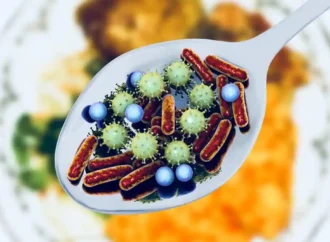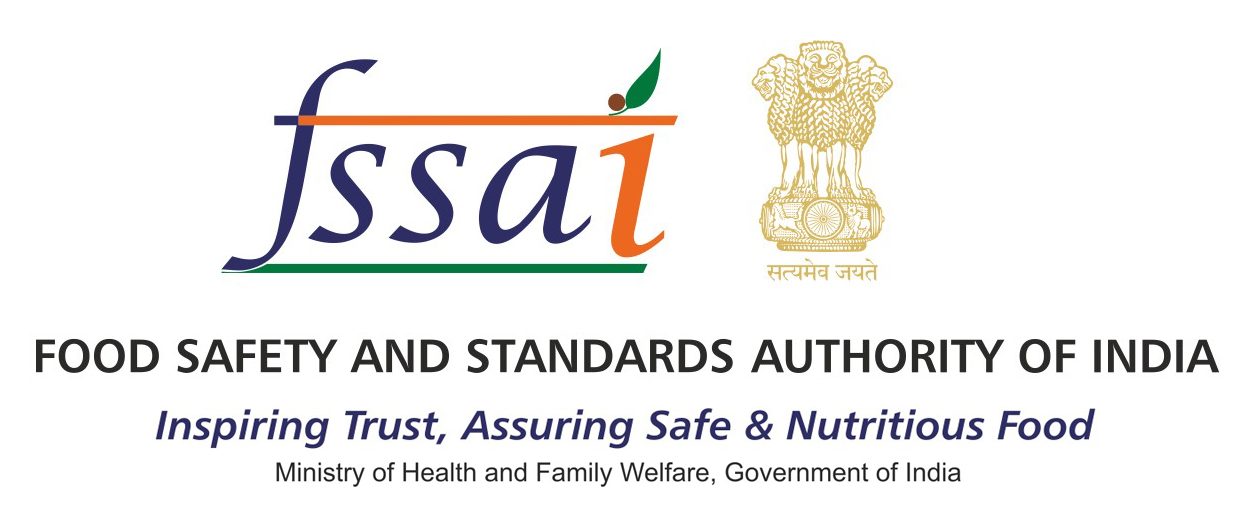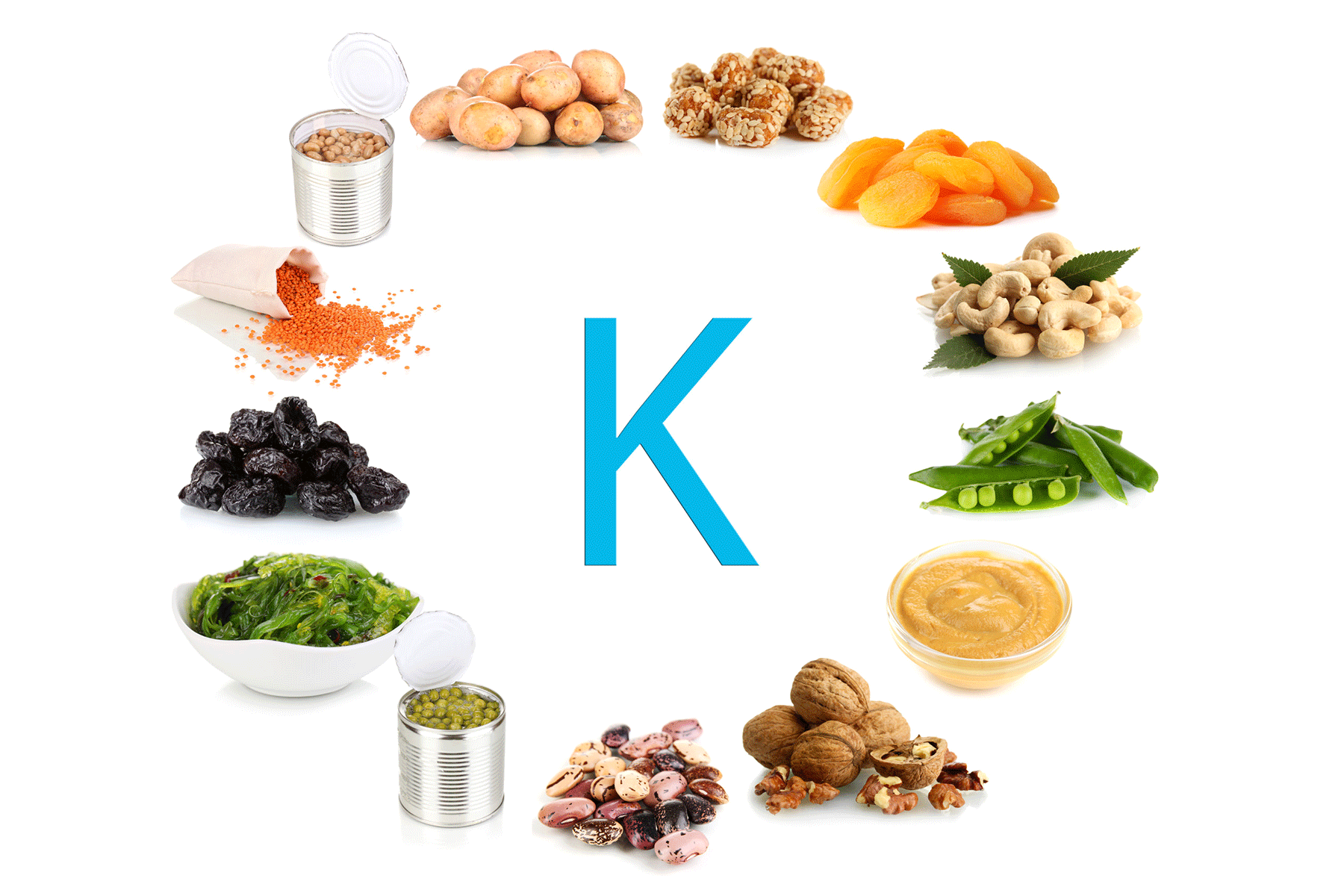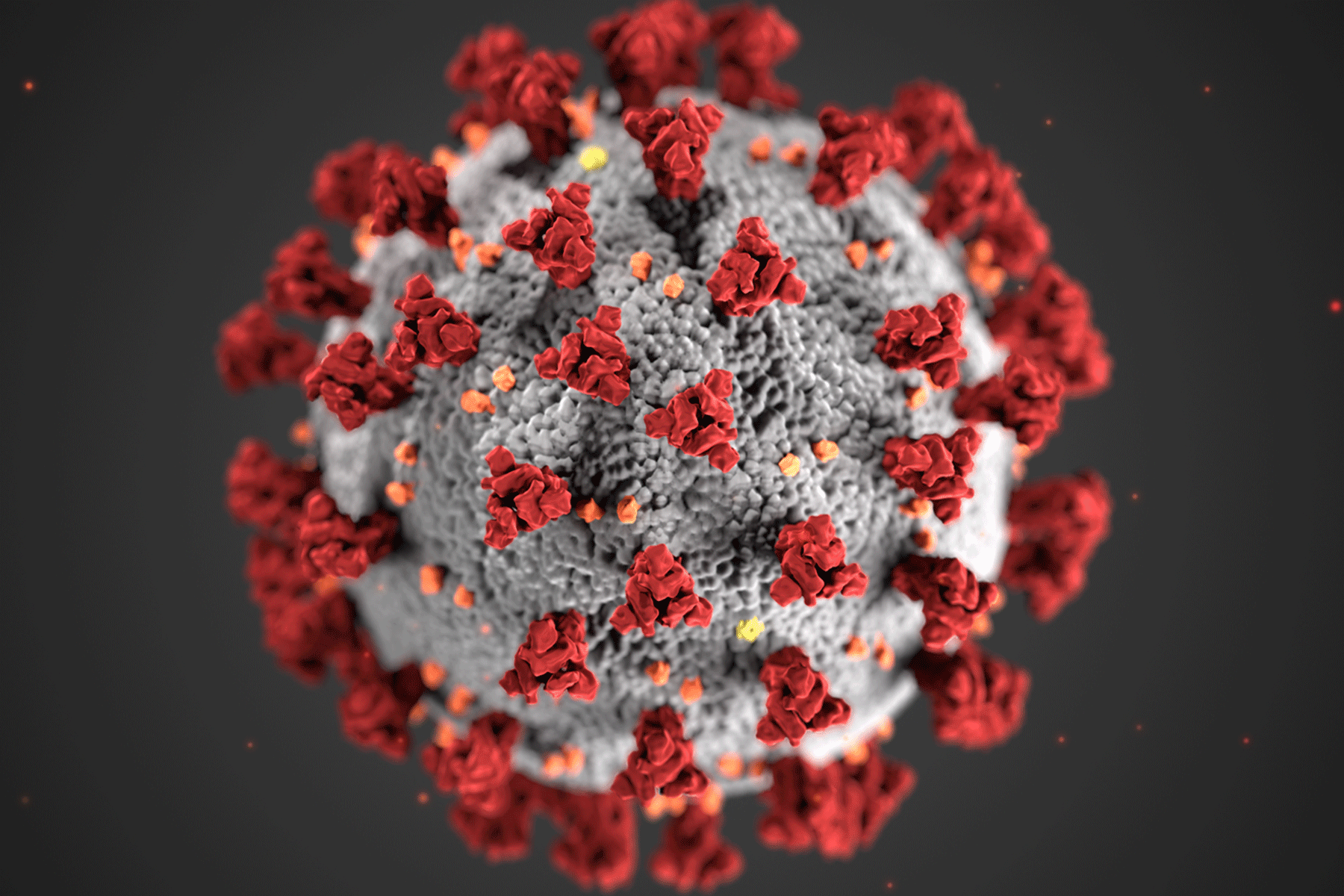Authors: Athira D, Biya V. Jomon & Sunitha Poulose
Introduction
Peanut Spicy Masala, known for its distinct flavour, is vulnerable to microbial contamination due to improper roasting, handling, and storage. The thin, porous peanut shell allows moisture, air, and fungal spores to easily infiltrate, creating conditions that promote microbial growth. Moisture, particularly from high humidity or inadequate drying post-harvest, fosters the germination of fungal spores. Airborne spores further contaminate the peanuts, leading to microbial colonization and the production of harmful mycotoxins, posing significant health risks.
Objective
The objective of the study was to investigate microbial contamination in Peanut Spicy Masala with salt and chilli, with particular emphasis on how the permeability of the peanut shell facilitates yeast and mould growth and the associated health risks.
Method
A 250-gram sample of Peanut Spicy Masala with salt and chili was analyzed for microbial contamination. Yeast and mould counts were determined under Indian Standard (IS 5403), while the Total Plate Count (TPC) was assessed using the Bacteriological Analytical Manual (BAM, 8th Edition, Chapter 3).
Key Findings
The microbial analysis revealed yeast and mould concentrations of 2 × 10³ CFU/g and a TPC of 8 × 10² CFU/g, both of which exceeded the established safety thresholds. These elevated values indicate substantial microbial contamination, suggesting that the peanuts were exposed to conditions favourable to microbial growth, likely due to defects in packaging.
Conclusion
The microbial contamination in Peanut Spicy Masala with salt and chili surpassed safety limits, revealing the vulnerability of peanuts to fungal growth due to packaging defects. The porous shell and inadequate packaging allow moisture, air, and fungal spores to infiltrate, fostering contamination and mycotoxin production. The findings emphasize the need for improved packaging and better post-harvest handling to prevent moisture buildup, ensuring safety and quality while reducing health risks.
 Food Manifest
Food Manifest 















